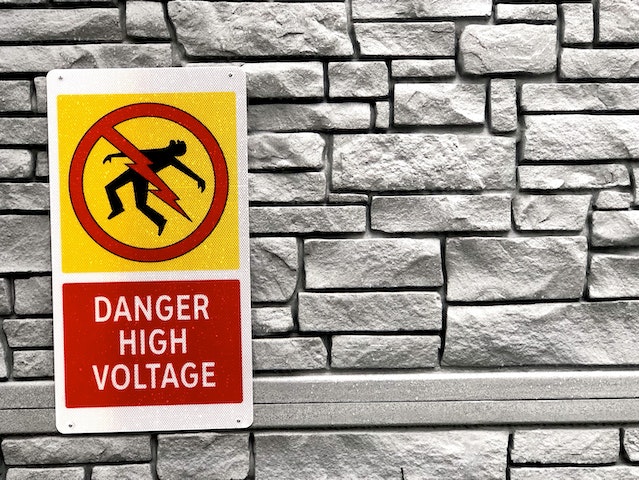There are few professions more dangerous than construction, and in construction, electrocution ranks as one of the top hazards. Electrocution can cause pain, numbness, burns, muscle weakness, stiffness, and paralysis, which can either be temporary or permanent. It would thus stand to reason that construction workers, employers and construction site owners would want to take whatever steps they need to ensure electrocutions do not happen. Nevertheless, thousands of construction workers are injured every year by electrocutions, and here are four major reasons why:

- Lack of protective gear
- One of the most basic requirements that construction contractors have is to ensure their employees are provided with protective gear to prevent injury from common hazards on the work site. This includes a hard hat to protect from falling objects, goggles to prevent eye injuries, and, of course, insulated gloves to prevent accidental electrocutions. Unfortunately, many contractors will either refuse to provide this equipment themselves, or will demand their employees provide their own protective equipment out of pocket. When employees are forced to pay for their own protective gear or go without, it increases the likelihood they will suffer a variety of injuries, including electrocutions.
- Circumventing lockout/tagout systems
- Construction workers often use heavy construction equipment that run on highly energized electrical systems. Physical contact with certain parts of these systems while they are in use can result in a potentially life-threatening electrocution. To prevent this dangerous exposure, most of these kinds of equipment have special systems known as lockout or tagout systems, which are intended to prevent unintentional contact with a system while it is turned on. However, not every contractor adheres to appropriate use of lockout or tagout systems, which makes it more likely for someone to be using or maintaining a piece of energized equipment when it is turned on, substantially increasing the chance of electrocution.
- Failure to conduct inspections
- Nearly every piece of equipment that is used on a construction site, and nearly every part of the construction site itself, needs to undergo regular inspection before construction can go forward. This includes inspecting the equipment itself to ensure it is functional and that any safety mechanisms are working properly, including mechanisms intended to prevent electrocution. It also means inspecting the site for potential hazards like corrosive or flammable materials, potential cave-in zones, and any areas where workers might come into contact with live electrical wiring. Far too many construction contractors and site owners become impatient with all the inspections, however, and it can be tempting for them to cut corners. When they do, it is often the workers themselves who pay the price, making it much more likely for them to be electrocuted or suffer other injuries.
- Lack of warning signs
- A seemingly basic issue that many employers fail on is ensuring that warnings are posted for known hazards. Construction sites are dangerous places, after all, and construction workers are often placed in close proximity to toxic gasses, flammable materials, and yes, live electrical systems that could all harm them. However, if these hazards are not appropriately signposted, it significantly increases the likelihood that a worker will accidentally stumble into these hazards and get hurt. Unfortunately, not every contractor or site owner does their due diligence, and construction workers will discover an electrocution hazard the hard way on their own.
If you or a loved one have been injured in a construction accident, you should seek out the personal injury lawyers at Zlotolow & Associates. Our seasoned New York personal injury attorneys bring more than two decades of trial experience to your case. We serve all five boroughs of New York City, as well as Nassau and Suffolk County. We have helped thousands of clients recover through settlements and courtroom verdicts.



